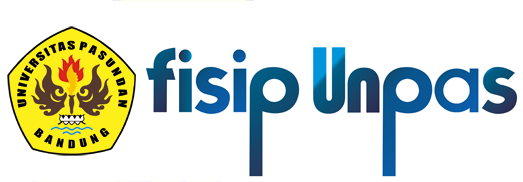DINAMIKA KONFLIK INTERNAL DI SURIAH DIBAWAH KEPEMIMPINAN HAFEZ AL-ASSAD YANG BERDIMENSI INTERNASIONAL
DINAMIKA KONFLIK INTERNAL DI SURIAH DIBAWAH KEPEMIMPINAN HAFEZ AL-ASSAD YANG BERDIMENSI INTERNASIONAL
DOI:
https://doi.org/10.23969/transborders.v4i1.3902Keywords:
Keywords: Institutional Balancing, Regional Coorporation, Asia-PacificAbstract
The Asia-Pacific region is a very strategic region for cooperation in the economic and security fields. This makes this region very contested by the two countries of hegemony in the economic field, namely, China and the United States. To achieve these interests, China and the United States must contribute to the region, one of which is conducting Institutional balancing with institutions that are quite influential in the Asia-Pacific region such as the ASEAN Regional Forum (ARF), ASEAN Plus Three (APT), East Asia Summit (EAS). And this paper will discuss why the United States changed its foreign policy from the Middle East to Asia-Pacific region. The dynamic of the region shows that China plays an important role along with its national capability improvement. The increase in China's national capability is seen as a challenge to national interests, as well as security for the United States alliance states in the Asia-Pacific region. Using an analytical framework based on the Balance of Threat theory, the author concludes that there is a strong relation between China's national capability improvements with the implementation of US rebalancing strategy to the Asia-Pacific region.
Downloads
Downloads
Published
Issue
Section
License

TransBorders: International Relations Journal is licensed under a Creative Commons Attribution-ShareAlike 4.0 International License
In order to be accepted and published by TransBorders: International Relations Journal, authors submitting the article manuscript should complete all the review stages. By submitting the manuscript, the author(s) agreed to the following terms:
- The copyright of received articles shall be assigned to TransBorders: International Relations Journal as the publisher of the journal. The intended copyright includes the right to publish articles in various forms (including reprints). TransBorders: International Relations Journal retains the publishing rights to the articles it publishes.
- Authors are permitted to disseminate a published article by sharing the link/DOI of the article at TransBorders: International Relations Journal. Authors are allowed to use their articles for any legal purposes deemed necessary without written permission from TransBorders: International Relations Journal, with an acknowledgement of initial publication to this journal.
- Users/public use of this website will be licensed to CC BY-SA (Attribution & ShareAlike).
















